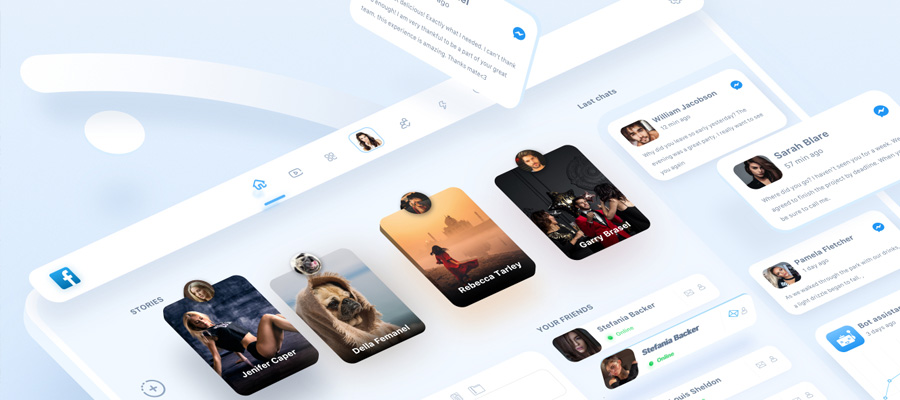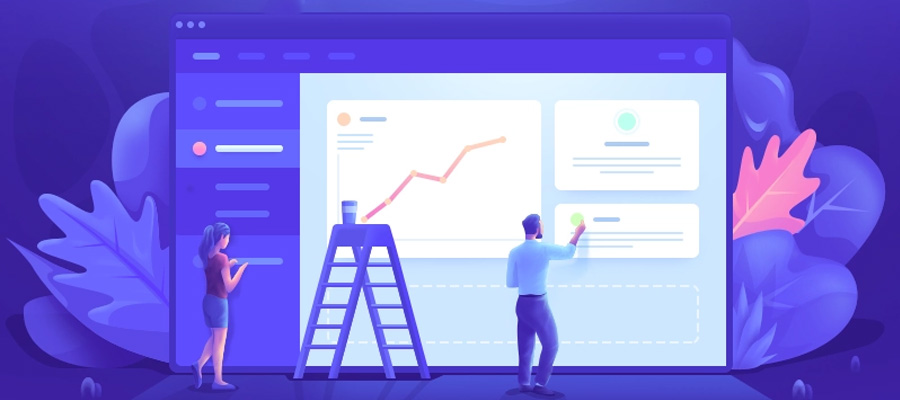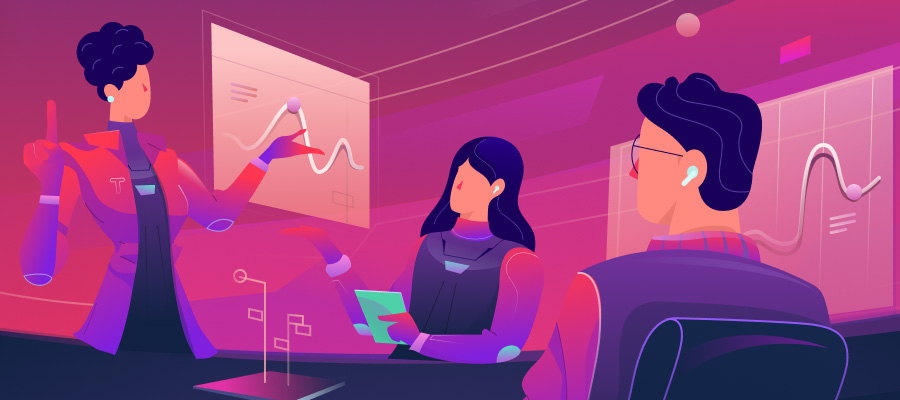Creating a website from scratch doesn’t happen overnight. In fact, it takes on average 4 - 6 weeks for fully functional, professional websites need to be deployed from start to finish.
There’s a lot involved in creating a website from scratch, which is why small business owners are trying their hands at using website builder platforms that offer pre-made templates and drag-and-drop interfaces. But even those aren’t as instant as advertised, once you get into it.
In this article we’re going to look at the 4 critical stages of web development and design, so you can understand what goes into creating professional websites.
Discovery and Architecture
If you hire a web design company, the first phase is the discovery phase. This is where the company will ask questions about your business and examine your needs, to tailor a user interface that appeals to your target audience. They’ll plan a sitemap to identify the overall content structure, and documentation for website features.

Salad Landing Page UX-UI Design by Ghulam Rasool
For example, an online business that serves nationwide would be approached differently compared to a local business. Let’s say you were having a website created for a restaurant in Washington DC, you’d likely want to hire for web design in Washington DC so that the website can be tailored to local demographics.
The design phase is next, and that’s when the website starts becoming visual. Many industries use technical sketches to communicate design ideas to their teams, and web design is no different. It can be website mock-ups done in Adobe XD, or literally sketched on paper.
Because the homepage and landing pages are what immediately “brand” a company in visitor’s minds, those pages are the first to be wireframed. Everything else is branched out from there, so the entire website may be sketched out, but it all starts with the homepage.
The wireframe will communicate to the website designers and coders certain things like UI (colors, layout, typography, etc) and the website’s “flow”, such as call-to-action placement and how it funnels traffic towards conversion.
A website can go through several mock-ups before any actual coding work is done, depending on the client. Mock-ups can be rejected or altered, so there is typically a bit of back-and-forth communication between web designers and clients.
Once a mock-up has been approved, that’s when the coders, graphic designers, etc. step in to start transforming the mock-up into reality.
Typically it will be coders up first, who write HTML and CSS for the website’s front-end (what gets displayed to visitors) and JavaScript for the back-end (what powers the website). The amount of time spent coding really depends on the scope of the project. It can take just a few hours for a simple credentials website, or weeks for a complex, highly functional website.
Functionality will also be coded, such as comment sections on blogs, site search functions, RSS feeds, etc.
Visual Design
Once the website architecture has been put in place, it will still be a fairly barebones template. The designers will step in and start fleshing out the website. This is the stage when graphics and UI elements are added, and it begins to look more like an actual website.

Food Mobile APP Landing UX-UI Design by Ghulam Rasool
There may be some more back-and-forth with the client during this stage, such as A/B/C testing with buttons in different sizes and colors, different typography, etc.
Modification and Launch
Once the website is “finished”, it’s not necessarily ready for launch. A website will typically go through a final two weeks of testing and modification, which means making sure everything is working perfectly. It can be a massive headache to discover that back-end scripts are broken after launch, or that your databases are susceptible to credential stuffing attacks.
So during this period, the website will be thoroughly reviewed for any bugs, visual elements that can be improved, etc. There may also be some further A/B testing for little things that can easily be changed before launch.
After the website is officially launched, the project will move into website maintenance phase, but the gritty details of that are for a different time. Overall though, a web design agency would continue supporting your website through troubleshooting, code maintenance, security, and other little tune-ups that keep the website running smoothly.




















